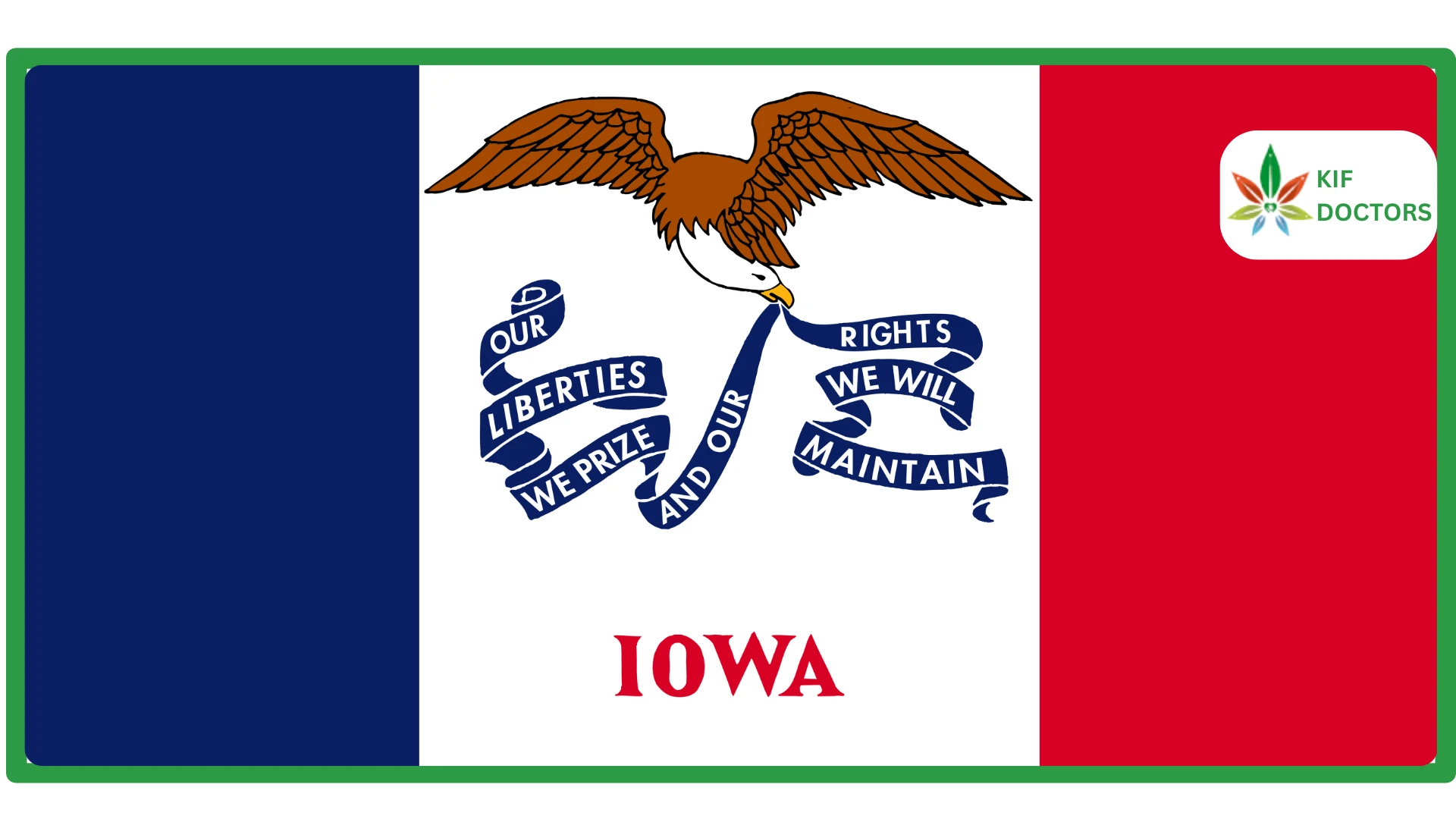One of the most frequent causes of seeking medical attention or missing work is back pain. According to Statista data from 2019, 39% of Americans over the age of 18 who were adults reported having back pain at some point in their life.
Most patients just experience pain in the lower part. One of the largest misunderstandings about back pain is that it requires surgery, which is not accurate in any way.
A third of Americans say they've used medical marijuana to treat their chronic pain issues. This is based on studies done by a group of researchers from Michigan Medicine.
The results were obtained after the researchers surveyed 1,661 persons who said they had chronic pain as a qualifying diagnosis and lived in a state that allows the use of medical cannabis.
Are Cannabinoids an Effective Back Pain Treatment?
Many people are using medical marijuana to manage their pain and to alleviate a range of related ailments, such as:
> A lower back pain
> Neck pain
> Sharp pain
> Nerve pain
> Sleep disorders like insomnia
Persistent back pain can reduce a person's quality of life, even with over-the-counter medication. As a result, patients frequently find themselves looking into alternative treatments.
Cannabis is one such example because it is naturally rich in cannabinoids, which have therapeutic properties.
There hasn't been much research explicitly examining cannabis usage for low back and back pain but the evidence in favor of cannabis use for chronic pain is growing.
The two most prevalent cannabinoids, THC and CBD, have been shown in human studies to potentially lessen pain and inflammation.
According to a study published in 2021, neuropathic back pain is treated more successfully and tolerably by a 1:1 mixture of CBD and THC compared to long-acting opioids.
How Does Medical Cannabis Treat Back Pain?
Anyone who uses medical marijuana does it primarily to improve their quality of life. The story is the same when it comes to back pain. But how does medical marijuana actually make your condition better?
Pain Relief
The pain relief is the main benefit of using medical marijuana for back pain. Medical marijuana has been shown in numerous studies to reduce pain.
In one Israeli study, more than half of 1,200 cancer patients reported pain alleviation during a six-month period. According to a German study, the number of patients reporting pain relief jumped by 50% while using marijuana-based medications.
Muscle Relaxant
In many places, muscle spasms are approved as independent qualifying illnesses for medical marijuana. According to a study on MS patients, who frequently experience muscle spasms, medical marijuana is excellent at lowering spasms and relaxing the muscles.
Anti-Inflammatory
Inflammation is the main cause of pain. This inflammation frequently results in degenerative disc disease, which worsens over time, in back pain patients.
Medical marijuana can surely lower inflammation and consequently the amount of discomfort you experience on a regular basis, but it may not be able to stop degeneration. Cannabidiol (CBD) and tetrahydrocannabinol (THC) both have anti-inflammatory properties.
Cannabis' muscle relaxant and anti-inflammatory properties are particularly effective at treating strains and sprains brought on by exercise and heavy labor.
Ways to Use Medical Cannabis for Pain
You can manage your back pain in a variety of ways by utilizing medical cannabis. When it comes to marijuana, the majority of people automatically think of smoking or vaping.
Smoking and vaping may offer the quickest relief, but depending on any underlying medical concerns the patient may have, they may not always be safe or beneficial ways to consume.
Tinctures and Edibles
Eating medical marijuana is a popular substitute for smoking it. This can take the form of a marijuana brownie, cookie, or gummy, or it could involve adding a few drops of a cannabis tincture to your beverage or food.
Keep in mind that for pain relief this ingestion method can take up to an hour or two to take action.
Oils and Topicals
Cannabis topicals including lotions, salves, and gels are another alternative for people with back pain. With this method, THC, CBD, or both can be absorbed via your skin and deliver local pain relief considerably more quickly than edibles while avoiding the potential intoxication effects of smoking or vaping.
Conclusion
The body is a strong machine that can recover from different diseases and health issues. Although it is difficult to say whether or not complementary medicines and therapies could provide relief from back pain, it is at least worthwhile to give them a shot.
Acupuncture, massage, chiropractic adjustments, cognitive behavioral therapy (CBT), and relaxation techniques are some complementary therapies that could aid in pain reduction. For targeted pain treatment, a topical cannabis-infused lotion may also be helpful.
Remember that medical marijuana and other complementary treatments can help you or your loved one with back pain but it’s important to take advice from certified healthcare practitioner before trying anything.
 Since 2021, Kif offers a streamlined platform to get a medical marijuana card online. We have served more than 45K patients across the United States. Sign Up Now to get the right to use medical cannabis for your health condition without any delay.
Since 2021, Kif offers a streamlined platform to get a medical marijuana card online. We have served more than 45K patients across the United States. Sign Up Now to get the right to use medical cannabis for your health condition without any delay.























